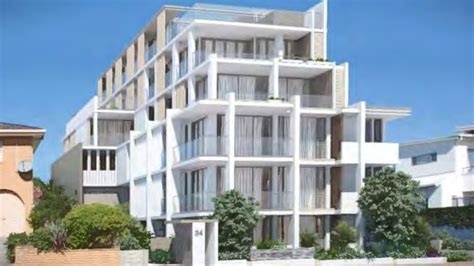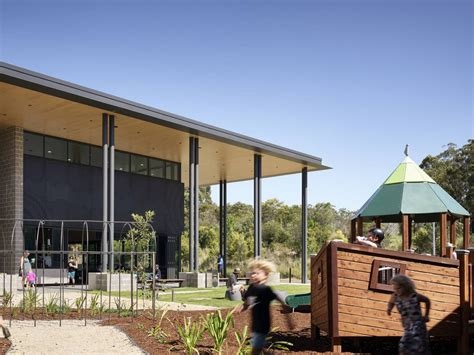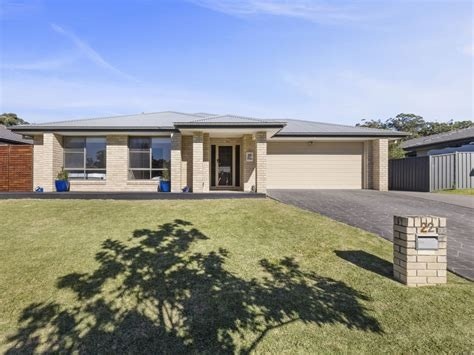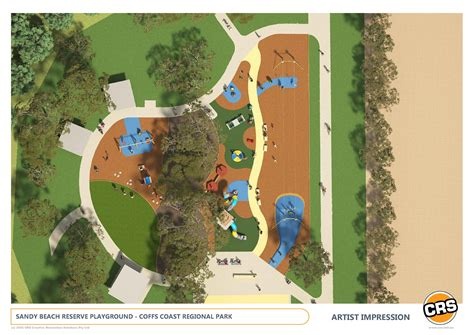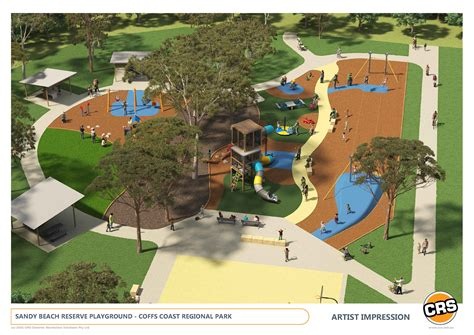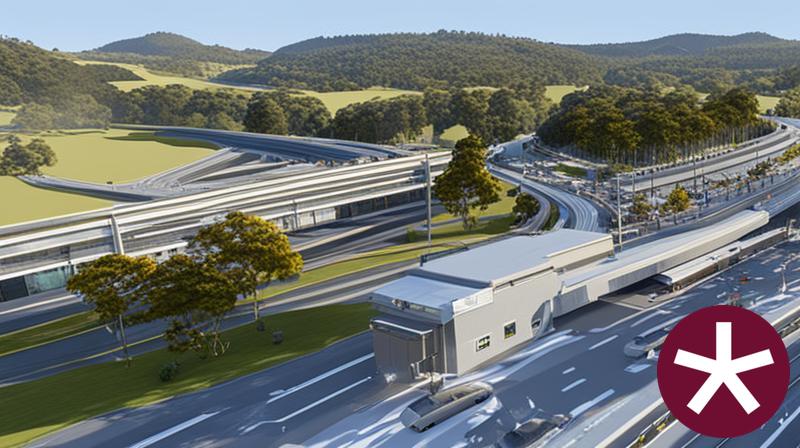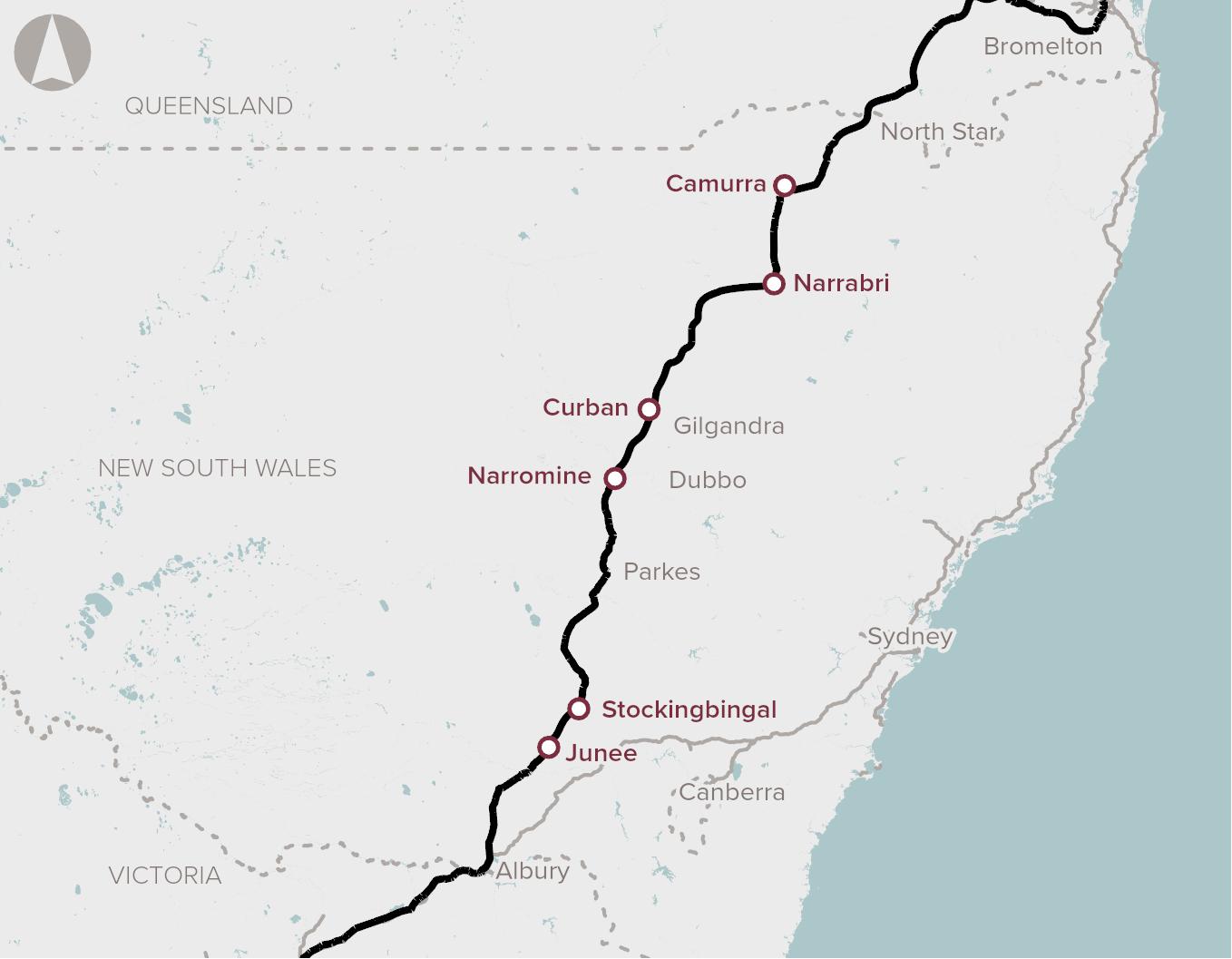Chart Color Schemes
est. as @ -- *
ABS ERP | -- people | --
2021 Census | -- people
Sales Activity
Curious about local property values? Filter the chart to assess the volume and appreciation (including resales) trends and regional comparisons, or scroll to the map below view this information at an individual property level.
Find a Recent Sale
Sales Detail
Population
Woolgoolga - Arrawarra lies within the top quartile of areas nationally for population growth performance according to AreaSearch analysis of recent, and medium to long-term trends
Woolgoolga-Arrawarra's population, as per AreaSearch's analysis, was around 15,145 by Aug 2025. This figure showed an increase of 682 people since the 2021 Census, which recorded a population of 14,463. The growth is inferred from ABS' estimated resident population of 15,058 in June 2024 and additional validated new addresses since the Census date. This resulted in a density ratio of 56 persons per square kilometer. Woolgoolga-Arrawarra's growth rate of 4.7% since the 2021 census surpassed its SA3 area's growth rate of 3.8%. Overseas migration contributed approximately 62.8% to overall population gains in recent periods, though all factors including natural growth and interstate migration were positive.
AreaSearch uses ABS/Geoscience Australia projections for each SA2 area released in 2024 with a base year of 2022. For areas not covered by this data, NSW State Government's SA2 level projections released in 2022 with a base year of 2021 are used. Growth rates by age group from these aggregations are applied to all areas for years 2032 to 2041. Future trends project an above median population growth for national non-metropolitan areas, with Woolgoolga-Arrawarra expected to increase by 3,280 persons to 2041 based on the latest numbers, resulting in a total gain of 21.0% over the 17 years.
Frequently Asked Questions - Population
Development
AreaSearch assessment of residential approval activity sees Woolgoolga - Arrawarra among the top 30% of areas assessed nationwide
Woolgoolga-Arrawarra has received approximately 134 dwelling approvals per year. Development approval data is sourced from the Australian Bureau of Statistics on a financial year basis, totaling 671 approvals between FY20 and FY25, with 6 recorded so far in FY26. On average, each home built over the past five financial years has accommodated approximately 3.7 new residents. The supply of dwellings is lagging behind demand, indicating heightened buyer competition and potential pricing pressures.
Developers are targeting the premium market segment, with an average dwelling construction cost of $695,000. This year alone, $32.5 million in commercial approvals have been registered, reflecting high levels of local commercial activity. Compared to the Rest of NSW, Woolgoolga-Arrawarra has slightly more development activity, 25.0% above the regional average per person over the past five years.
This maintains good buyer choice and supports existing property values. However, building activity has slowed in recent years. New building activity comprises predominantly detached dwellings (85.0%) with a smaller proportion of attached dwellings (15.0%), preserving the area's low-density nature and attracting space-seeking buyers. The estimated population per dwelling approval is 397 people, reflecting its quiet development environment. By 2041, Woolgoolga-Arrawarra is forecasted to gain approximately 3,183 residents. At current development rates, new housing supply should comfortably meet demand, providing favorable conditions for buyers and potentially supporting growth beyond current population projections.
Frequently Asked Questions - Development
Infrastructure
Woolgoolga - Arrawarra has limited levels of nearby infrastructure activity, ranking in the 19thth percentile nationally
Changes to local infrastructure significantly impact an area's performance. AreaSearch identified 11 projects likely influencing the region. Notable ones are Plantations by Ingenia Lifestyle Extension, Woolgoolga North West and West Growth Plans, Woolgoolga Town Centre Masterplan, and 34 Trafalgar Street Residential Flat Building. The following list details those most relevant.
Professional plan users can use the search below to filter and access additional projects.
INFRASTRUCTURE SEARCH
Frequently Asked Questions - Infrastructure
Woolgoolga Town Centre Masterplan
Vision and strategic planning framework to guide growth and change in Woolgoolga's town centre to 2036. It serves as a decision-making framework and an ideas map for the community, local traders, businesses, and government to enhance the town centre while preserving its unspoilt beachside character.
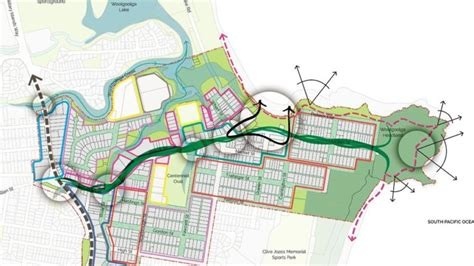
Woolgoolga Whale Trail Project
Upgrade of the walkway between Woolgoolga Beach Reserve and the Solitary Islands Coastal Walk, including new 1.8m-wide pathway, elevated boardwalks, formalised parking with accessible bays, kerb works, added seating and ocean lookouts. Project completed June 2024.
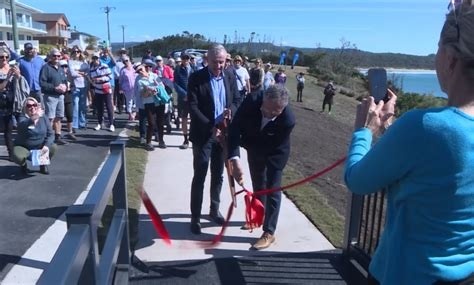
Plantations by Ingenia Lifestyle Extension
Extension of the Plantations community featuring 180-dwelling manufactured housing estate for over 55s, including community facilities such as a clubhouse, pool, gym, and other amenities.
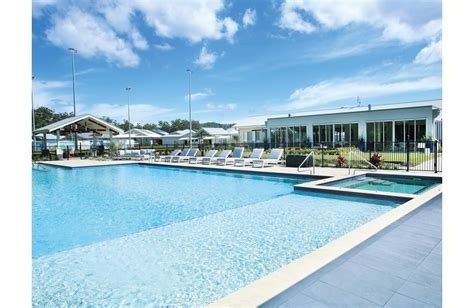
Woolgoolga North West and West Growth Plans
Plans to support more diverse and affordable housing, economic growth and new jobs for Woolgoolga with around 1,130 homes in three large precincts: Newmans Road, Barkhut Road, and Tramway Drive.
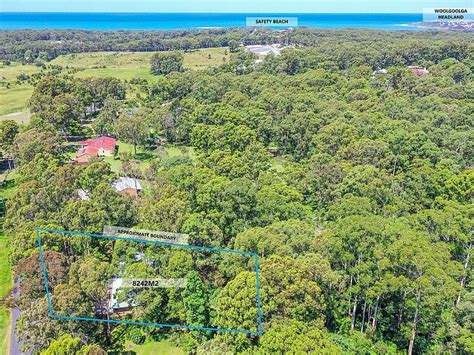
Woolgoolga Beach Reserve Project
Stage 1 completed in 2021 with improvements including a new playground, amenities building with Changing Places facility, pathways, picnic tables, shelters, and fencing. Stage 2 is proposed for 2026/27 and will include new pathways, a viewing deck, showers, seating, picnic facilities, and other amenities in accordance with the Detailed Concept Plan.
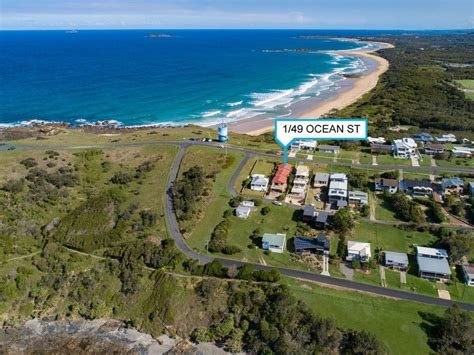
15-17 Pine Crescent & Ti-Tree Road Residential Subdivision
Development application to subdivide land to create 113 low-density residential lots, 1 biodiversity stewardship lot and associated roads, bulk earthworks and services. The Northern Regional Planning Panel refused the DA (0220/25DA; Panel Ref PPSNTH-367) on 29 April 2025 citing flood and stormwater risks, impacts on coastal wetlands/Hearnes Lake and unresolved design and servicing issues.
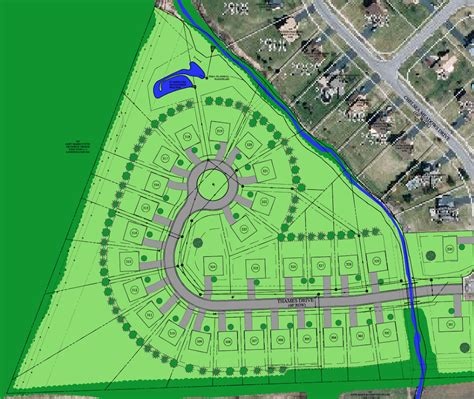
Queensland New South Wales Interconnector
The proposed Queensland New South Wales Interconnector (QNI Connect) aims to link New England's power to Queensland over approx. 600km, enhancing network capacity by up to 1,700 MW, with anticipated completion by FY2030-31.
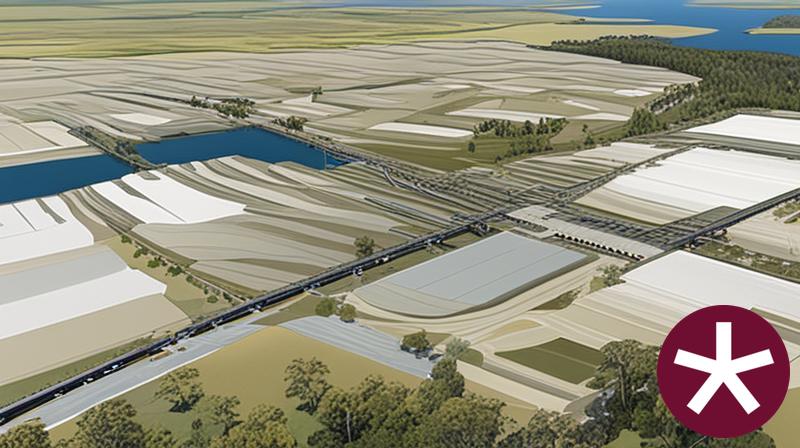
NSW Heavy Vehicle Rest Stops Program (TfNSW)
Statewide Transport for NSW program to increase and upgrade heavy vehicle rest stopping across NSW. Works include minor upgrades under the $11.9m Heavy Vehicle Rest Stop Minor Works Program (e.g. new green reflector sites and amenity/signage improvements), early works on new and upgraded formal rest areas in regional NSW, and planning and site confirmation for a major new dedicated rest area in Western Sydney. The program aims to reduce fatigue, improve safety and productivity on key freight routes, and respond to industry feedback collected since 2022.
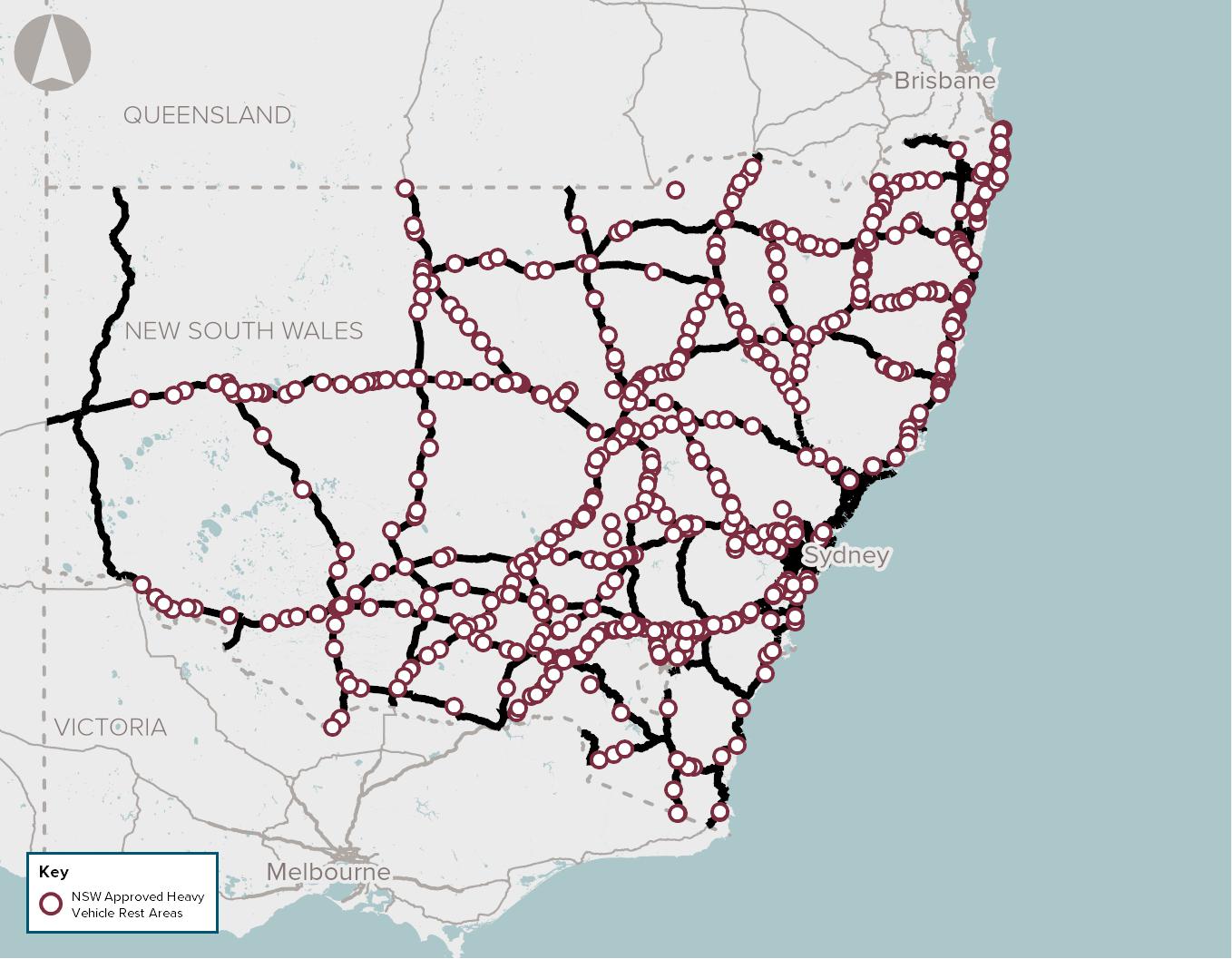
Employment
Employment conditions in Woolgoolga - Arrawarra remain below the national average according to AreaSearch analysis
Woolgoolga-Arrawarra has a skilled workforce with an unemployment rate of 3.8% as of June 2025. Employment growth in the past year was estimated at 2.3%.
The area's workforce participation is similar to Rest of NSW's 56.4%. Key employment industries include health care & social assistance, agriculture, forestry & fishing, and construction. Agriculture, forestry & fishing has notably high concentration with employment levels at 2.8 times the regional average. However, manufacturing is under-represented at 2.3% compared to Rest of NSW's 5.8%.
Over the year to June 2025, employment increased by 2.3%, labour force by 3.6%, resulting in unemployment rise by 1.2 percentage points. In comparison, Rest of NSW saw employment fall by 0.1% and unemployment rise by 0.4 percentage points. State-level data to Sep-25 shows NSW employment contracted by 0.41%. National forecasts from May 2025 project national employment growth of 6.6% over five years and 13.7% over ten years, with local growth estimates for Woolgoolga-Arrawarra being approximately 6.1%% over five years and 12.9% over ten years.
Frequently Asked Questions - Employment
Income
Income figures position the area below 75% of locations analysed nationally by AreaSearch
AreaSearch's latest postcode level ATO data for financial year 2022 shows Woolgoolga - Arrawarra had a median income among taxpayers of $43,336 and an average of $53,314. This is below the national average. Rest of NSW had a median income of $49,459 and an average of $62,998. Based on Wage Price Index growth of 10.6% since financial year 2022, current estimates for Woolgoolga - Arrawarra would be approximately $47,930 (median) and $58,965 (average) as of March 2025. According to the 2021 Census, household, family and personal incomes in Woolgoolga - Arrawarra all fall between the 23rd and 24th percentiles nationally. The earnings profile shows that 30.7% of residents (4,649 people) earn between $1,500 and $2,999 annually, similar to the metropolitan region's 29.9%. Housing affordability pressures are severe in Woolgoolga - Arrawarra, with only 83.6% of income remaining after housing costs, ranking at the 24th percentile nationally.
Frequently Asked Questions - Income
Housing
Woolgoolga - Arrawarra is characterized by a predominantly suburban housing profile, with above-average rates of outright home ownership
Woolgoolga-Arrawarra's dwelling structure, as per the latest Census, consisted of 90.0% houses and 10.0% other dwellings (semi-detached, apartments, 'other' dwellings). Non-Metro NSW had 78.4% houses and 21.6% other dwellings. Home ownership in Woolgoolga-Arrawarra was higher at 43.7%, with mortgaged dwellings at 30.6% and rented ones at 25.7%. The median monthly mortgage repayment was $1,733, aligning with Non-Metro NSW's average. The median weekly rent was $380, compared to Non-Metro NSW's $370. Nationally, Woolgoolga-Arrawarra had lower mortgage repayments at $1,733 and higher rents at $380 than the Australian averages of $1,863 and $375 respectively.
Frequently Asked Questions - Housing
Household Composition
Woolgoolga - Arrawarra features high concentrations of group households, with a higher-than-average median household size
Family households constitute 70.7% of all households, including 26.3% couples with children, 31.6% couples without children, and 11.9% single parent families. Non-family households comprise the remaining 29.3%, with lone person households at 25.2% and group households comprising 4.1%. The median household size is 2.5 people, which is larger than the Rest of NSW average of 2.4.
Frequently Asked Questions - Households
Local Schools & Education
Woolgoolga - Arrawarra shows below-average educational performance compared to national benchmarks, though pockets of achievement exist
The area's university qualification rate in 2016 was 20.9%, significantly lower than NSW's average of 32.2%. Bachelor degrees were the most common at 15.1%, followed by postgraduate qualifications (3.4%) and graduate diplomas (2.4%). Vocational credentials held by residents aged 15+ stood at 39.6%, with advanced diplomas at 11.9% and certificates at 27.7%. Educational participation was high, with 26.0% of residents enrolled in formal education as of 2016.
This included 10.2% in primary education, 6.8% in secondary education, and 2.6% pursuing tertiary education. Six schools operated within Woolgoolga - Arrawarra in 2021, educating approximately 2,284 students. Woolgoolga - Arrawarra had typical Australian school conditions (ICSEA: 993) with balanced educational opportunities. Education provision was balanced with five primary and one secondary school serving distinct age groups.
Frequently Asked Questions - Education
Schools Detail
Nearby Services & Amenities
Transport
Transport servicing is low compared to other areas nationally based on assessment of service frequency, route connectivity and accessibility
Woolgoolga - Arrawarra has 212 active public transport stops. These are served by a mix of buses operating along 40 different routes. The total number of weekly passenger trips facilitated is 387.
Residents have excellent access to these services, with an average distance of 188 meters to the nearest stop. On average, there are 55 trips per day across all routes, resulting in approximately one weekly trip per individual stop.
Frequently Asked Questions - Transport
Transport Stops Detail
Health
Health performance in Woolgoolga - Arrawarra is lower than average with common health conditions somewhat prevalent across both younger and older age cohorts
Woolgoolga-Arrawarra faces significant health challenges with common health conditions prevalent among both younger and older age cohorts. Approximately 47% (~7,118 people) have private health cover, lower than the national average of 55.3%.
The most common medical conditions are arthritis (10.6%) and mental health issues (8.7%). 65.1% reported being completely clear of medical ailments, compared to 63.9% in Rest of NSW. The area has 24.5% residents aged 65 and over (3,713 people).
Frequently Asked Questions - Health
Cultural Diversity
The level of cultural diversity witnessed in Woolgoolga - Arrawarra was found to be above average when compared nationally for a number of language and cultural background related metrics
Woolgoolga-Arrawarra, surveyed in 2016, had a cultural diversity index above average, with 19.5% of its population born overseas and 15.6% speaking languages other than English at home. Christianity was the predominant religion, making up 40.7% of the population, compared to the Rest of NSW average of 3.3%. The 'Other' religious category comprised 10.4%, significantly higher than the regional norm.
In terms of ancestry, the top three groups were English (30.0%), Australian (26.6%), and Other (9.0%). Notably, Indian (3.5%) and Australian Aboriginal (4.0%) populations were equal to or higher than the regional averages. French ancestry was present at 0.5%, matching the regional average.
Frequently Asked Questions - Diversity
Age
Woolgoolga - Arrawarra hosts an older demographic, ranking in the top quartile nationwide
Woolgoolga - Arrawarra has a median age of 43, which is equal to that of Rest of NSW and higher than the national average of 38. The age profile indicates that those aged 65-74 years are particularly prevalent at 14.4%, while the 15-24 group is relatively smaller at 9.7% compared to Rest of NSW. This proportion of 65-74 year-olds is higher than the national figure of 9.4%. Between the 2021 Census and now, the 35-44 age group has increased from 12.0% to 13.4%, while the 75-84 cohort has risen from 6.4% to 7.6%. Conversely, the 55-64 age group has decreased from 13.5% to 11.8%. By 2041, demographic projections show significant shifts in Woolgoolga - Arrawarra's age structure. Notably, the 75-84 group is expected to grow by 55%, reaching 1,789 from 1,152. In contrast, the 65-74 cohort shows minimal growth of just 0% (3 people).
